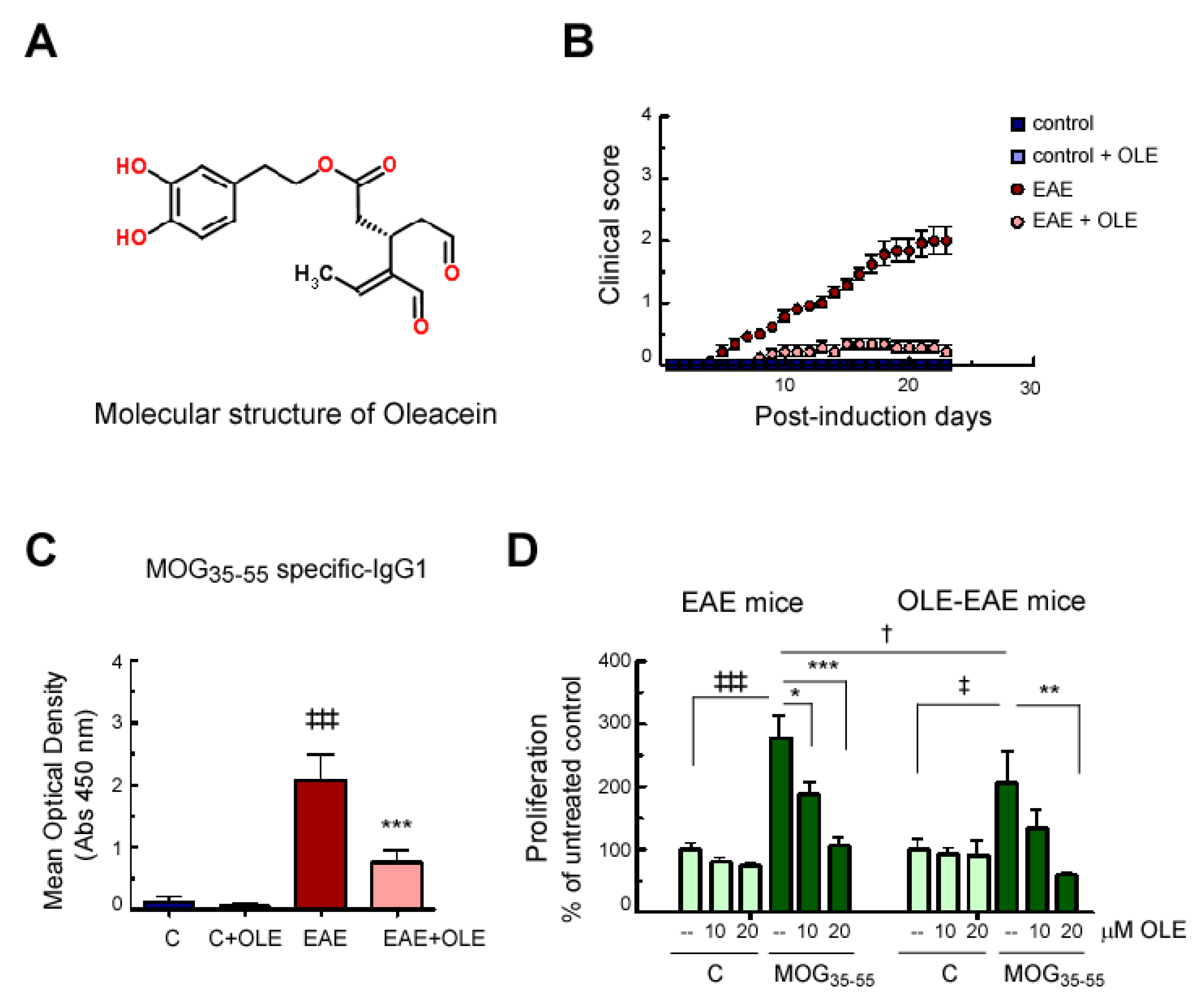
Data were analysed using the principles of Interpretative Phenomenological Analysis. A course evaluation questionnaire to all fifth year students also provided data. Sixteen medical students participated in three focus-group interviews exploring their experiences of medical professionalism tutorials. This study sought to explore the students' experiences of these tutorials in order to develop the evidence base further. In 2010, as part of a revision of the fifth year curriculum the University of Bristol Medical School introduced tutorials which focused on students' achievement of the learning objectives in 'Tomorrow's Doctors Outcomes 3: the doctor as a professional'. There remains no consensus or confirmed evidence upon which to base best practice for teaching in this area. Learning the values and attitudes necessary to become a 'doctor as a professional' has traditionally been left largely to the informal and hidden curricula. The standards and outcomes outlined in the General Medical Council's publication 'Tomorrow's Doctors' include proposals that medical professionalism be included in undergraduate curricula. Medical professionalism in the formal curriculum: 5th year medical students' experiences. Copyright© 2017 Asia-Pacific Academy of Ophthalmology.

Given the gradual decline of ophthalmic education in the standard medical school curriculum, our results are timely in providing guidance for minimum ophthalmic curriculum exposure and strategies to improve ophthalmic education in medical schools. The revised ophthalmic curriculum resulted in an increase in academic performance and a higher degree of student satisfaction. In addition, qualitative feedback also improved, with the rotation being highly valued. When assessing retained knowledge at 12 months, students from the revised curriculum scored 11.5% higher than students from the original curriculum (1.56 95% CI, 0.42-2.71 P = 0.008). In the original curriculum there was an improvement of 19.9% from pre- to post-test scores and a greater improvement of 31.6% from pre- to post-test (3.50 95% CI, 3.03-3.97 P < 0.001) in the revised curriculum. Qualitative evaluation was measured with student satisfaction questionnaires. A 12-month follow-up test was readministered to compare the long-term retention rate of graduates. Quantitative evaluation was performed with a 20-item multiple choice pre- and post-test of ophthalmic knowledge. A mixed-methods research design was employed to include both quantitative and qualitative dimensions in evaluating the revised curriculum with medical students (n = 328) undergoing their ophthalmology rotation. The knowledge acquisition and perceptions of medical students undertaking the revised competency-based curriculum were compared with the prior content-based curriculum within the Sydney Medical Program.

To evaluate innovative educational strategies that help optimize ophthalmology teaching in a crowded medical curriculum. Succar, Tony McCluskey, Peter Grigg, John Enhancing Medical Student Education by Implementing a Competency-Based Ophthalmology Curriculum.


 0 kommentar(er)
0 kommentar(er)
